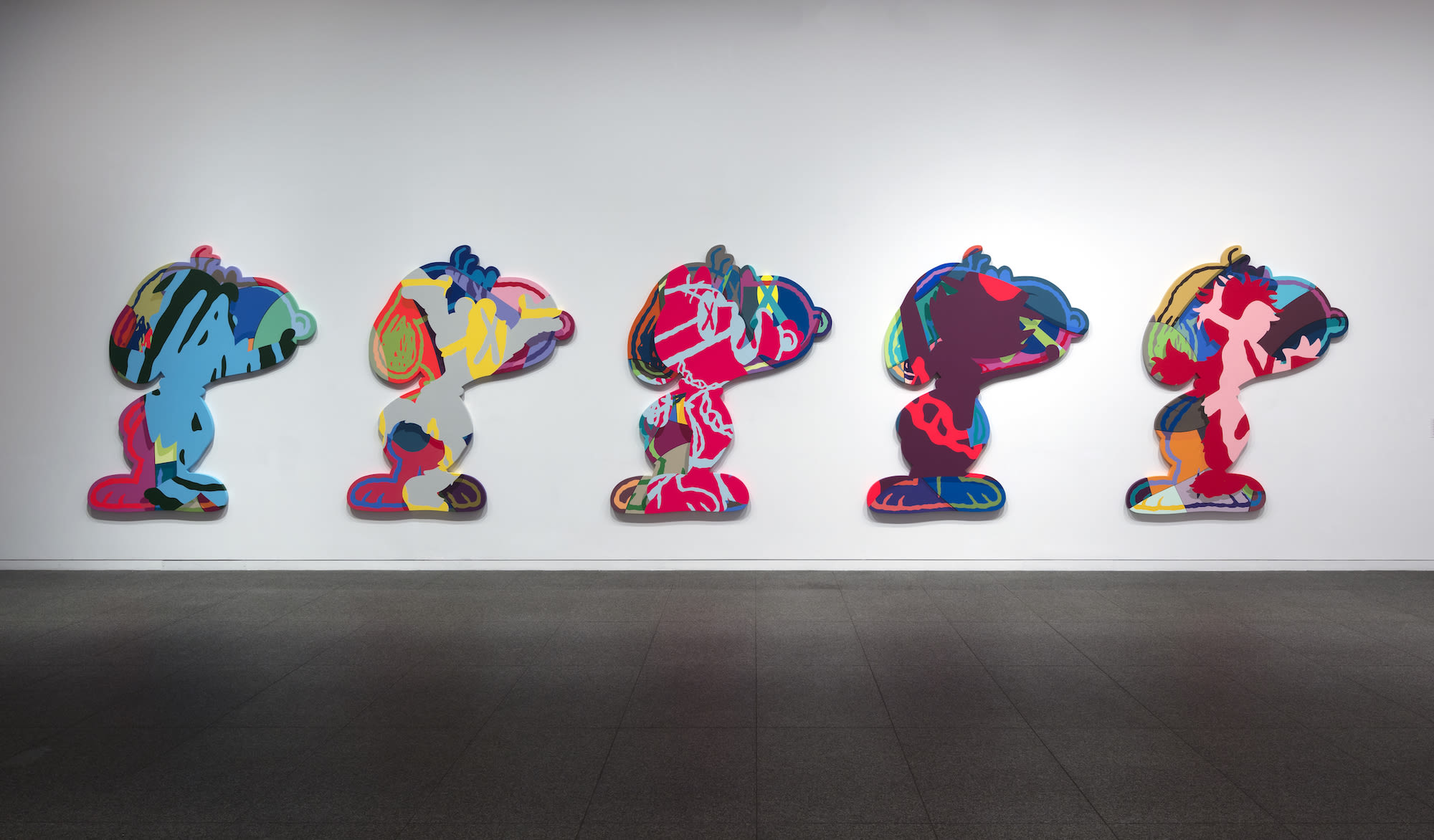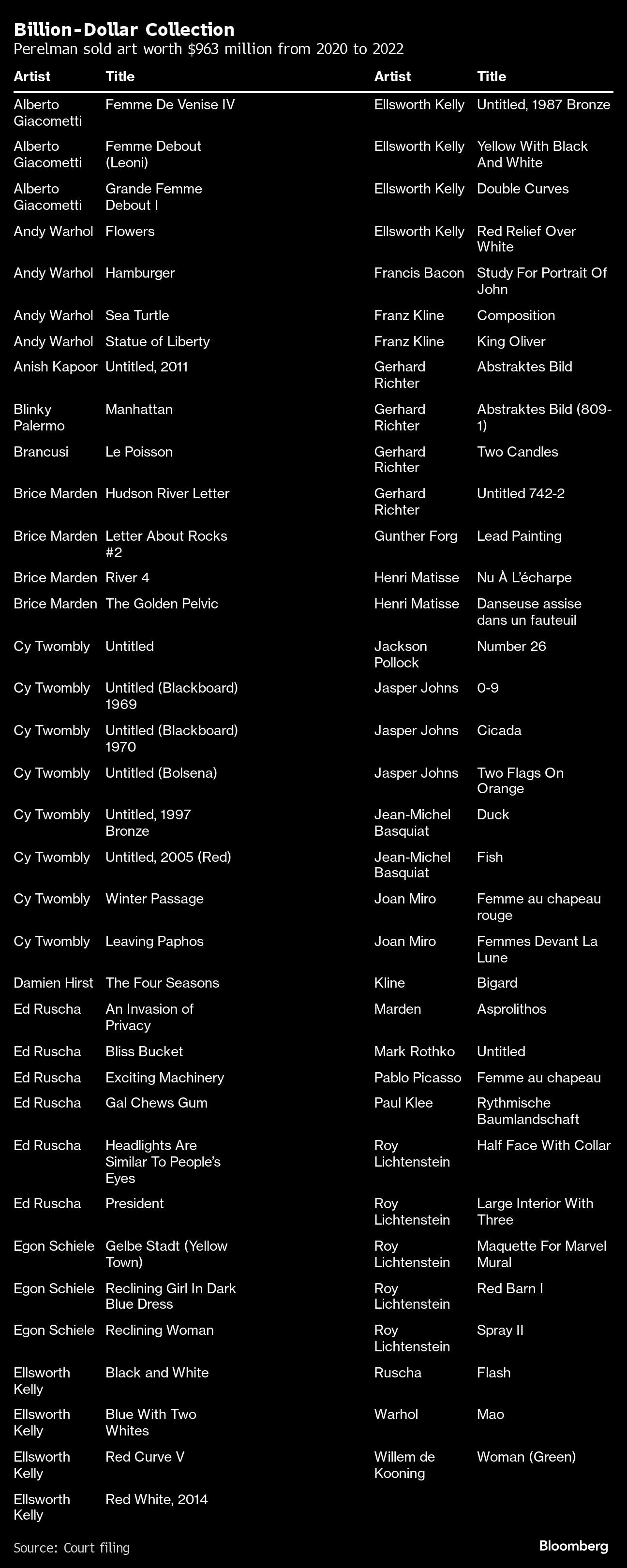Search results
Explore the life and works of Jackson Pollock, an American painter who pioneered the drip technique and was a major figure of abstract expressionism. See his famous paintings, styles, periods, and media on Wikiart.org.
- View All 90 Artworks
Jackson Pollock: List of works - All Artworks by Date 1→10....
- Number 3
‘Number 3’ was created in 1949 by Jackson Pollock in Action...
- Deutsch
Jackson Pollock besuchte von 1925 bis 1927 die Manual Arts...
- Male and Female
‘Male and Female’ was created in 1942 by Jackson Pollock in...
- View All 90 Artworks
Learn about the life and art of Jackson Pollock, the American painter who revolutionized Abstract Expressionism with his drip paintings. Explore his works, influences, legacy, and MoMA collection online.
Pollock in 1955 Jackson Pollock's grave in the rear with Lee Krasner's grave in front in the Green River Cemetery. In 1955, Pollock painted Scent and Search, his last two paintings. He did not paint at all in 1956, but was making sculptures at Tony Smith's home: constructions of wire, gauze, and plaster.
News about Jackson Pollock, Alvin Bragg, restaurant
News about Guinness World Records, painting, portfolio
News about Parrish Art Museum, Ron Perelman, Amsterdam
Also in the news
Explore the life and work of Jackson Pollock, one of the most influential abstract expressionist painters of the 20th century. Learn about his signature drip technique, his sources of inspiration, and his artistic legacy.
- American
- January 28, 1912
- Cody, Wyoming
- August 11, 1956
Learn about the life and work of Jackson Pollock, the American painter who revolutionized the concept of painting with his \"drip\" style. Explore his biography, works, and related topics and activities at the Smithsonian American Art Museum.
- January 28, 1912
- August 11, 1956
Learn about the life and art of Jackson Pollock, the American painter who revolutionized modern art with his large-scale \"poured\" paintings. Explore his influences, style, and legacy at the National Gallery of Art website.
People also ask
Was Jackson Pollock a good painter?
What did Paul Jackson Pollock do?
When did Jackson Pollock go to the Museum of Modern Art?
Did Pollock sell a painting?
A monumental \"drip\" painting by Pollock from 1950, acquired by The Met in 1957. Learn about its technique, title, muralism, and exhibition history.



